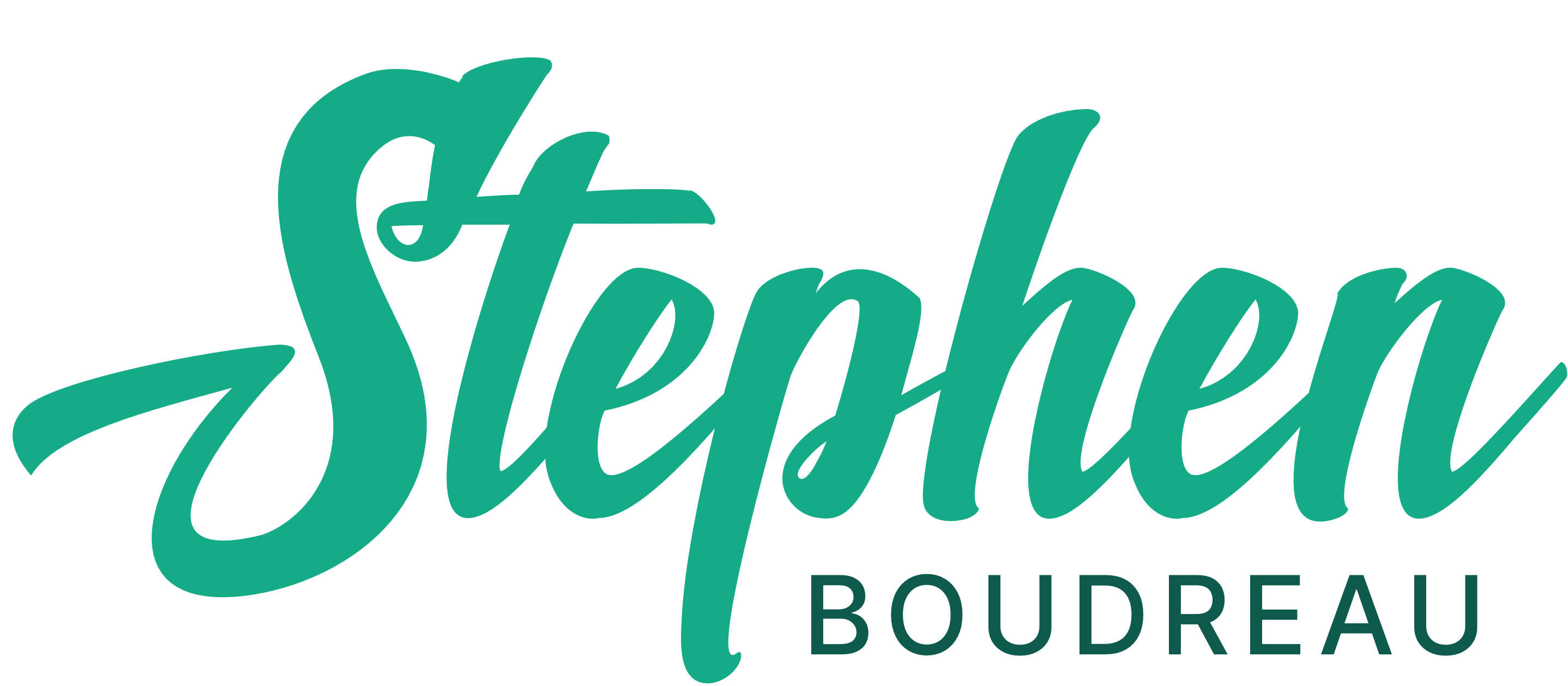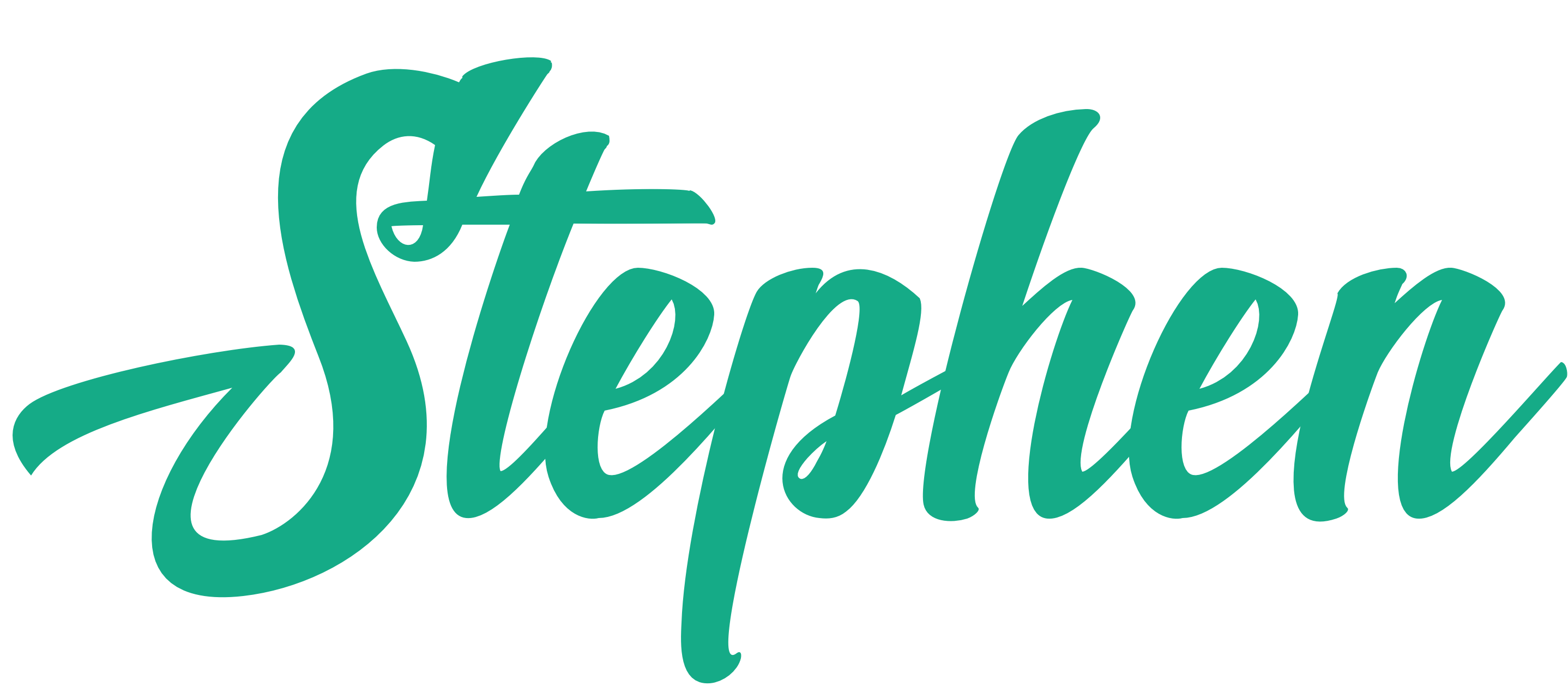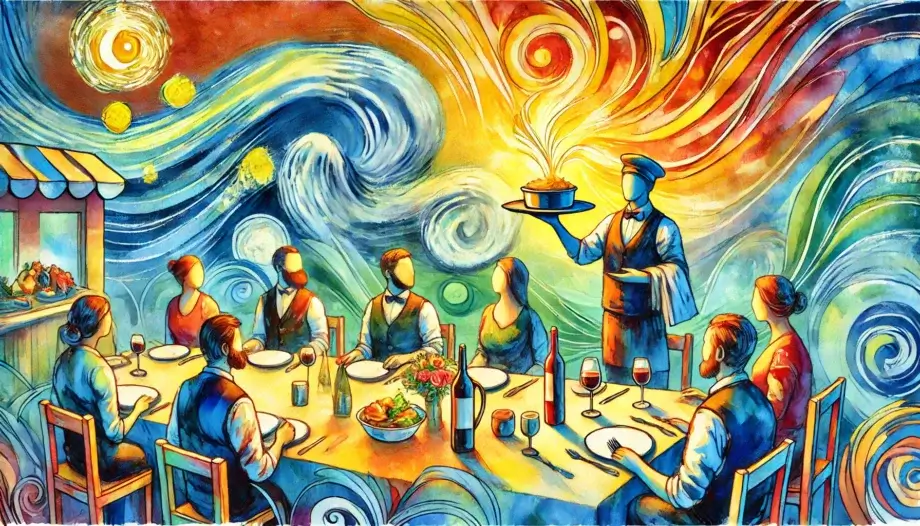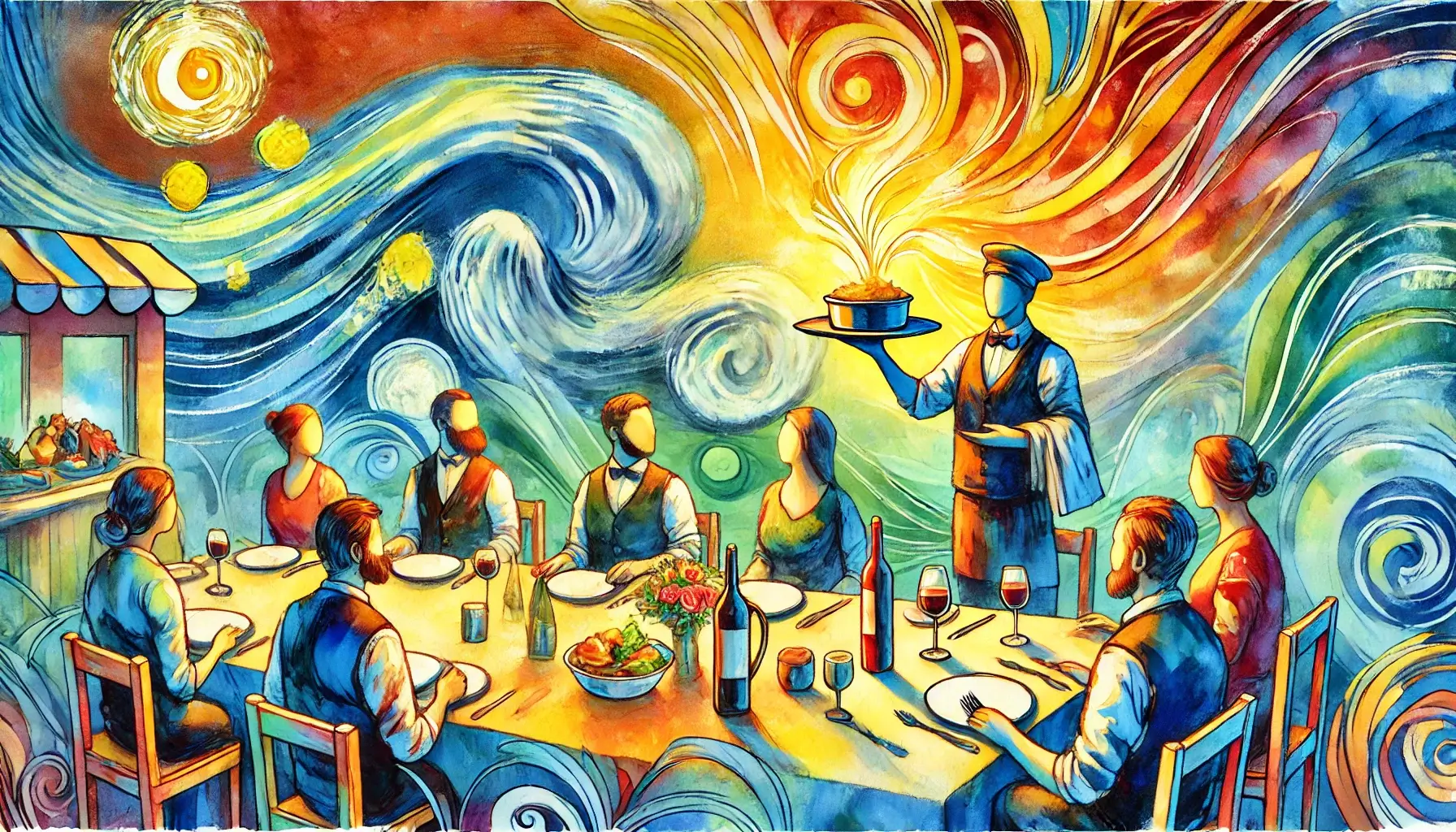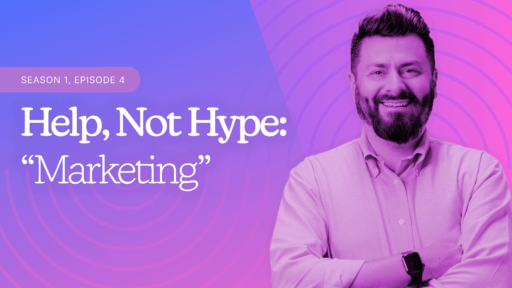“Good marketing makes the company look smart. Great marketing makes the customer feel smart.”
Joe Chernov
There’s nothing quite like walking into a crowded restaurant and realizing you’ve got no clue what’s on the menu. You could ask for “the chef’s recommendation“—a classic move—but we all know where that leads. Your plate arrives, and suddenly you’re faced with something that looks like it could either be a culinary masterpiece or a dare on a game show. But now you’re committed to pretending it’s exactly what you wanted.
In marketing, we’re guilty of doing the same thing—offering up mixed signals or convoluted messages and expecting our customers to make sense of them. It’s like handing someone a menu written in invisible ink and hoping they can magically guess what to order.
The power of clarity in marketing is like a good menu. It sets the stage. It tells your audience what you’re about, what’s on offer, and why they should care.
Clarity is kindness, really. It’s telling the customer, “This is what we do. This is why it matters. And yes, we’ve made it easy for you to get exactly what you want.” Without it, your audience is left guessing—and there’s nothing worse than a guessing game when you’re hungry (or trying to make a business decision).
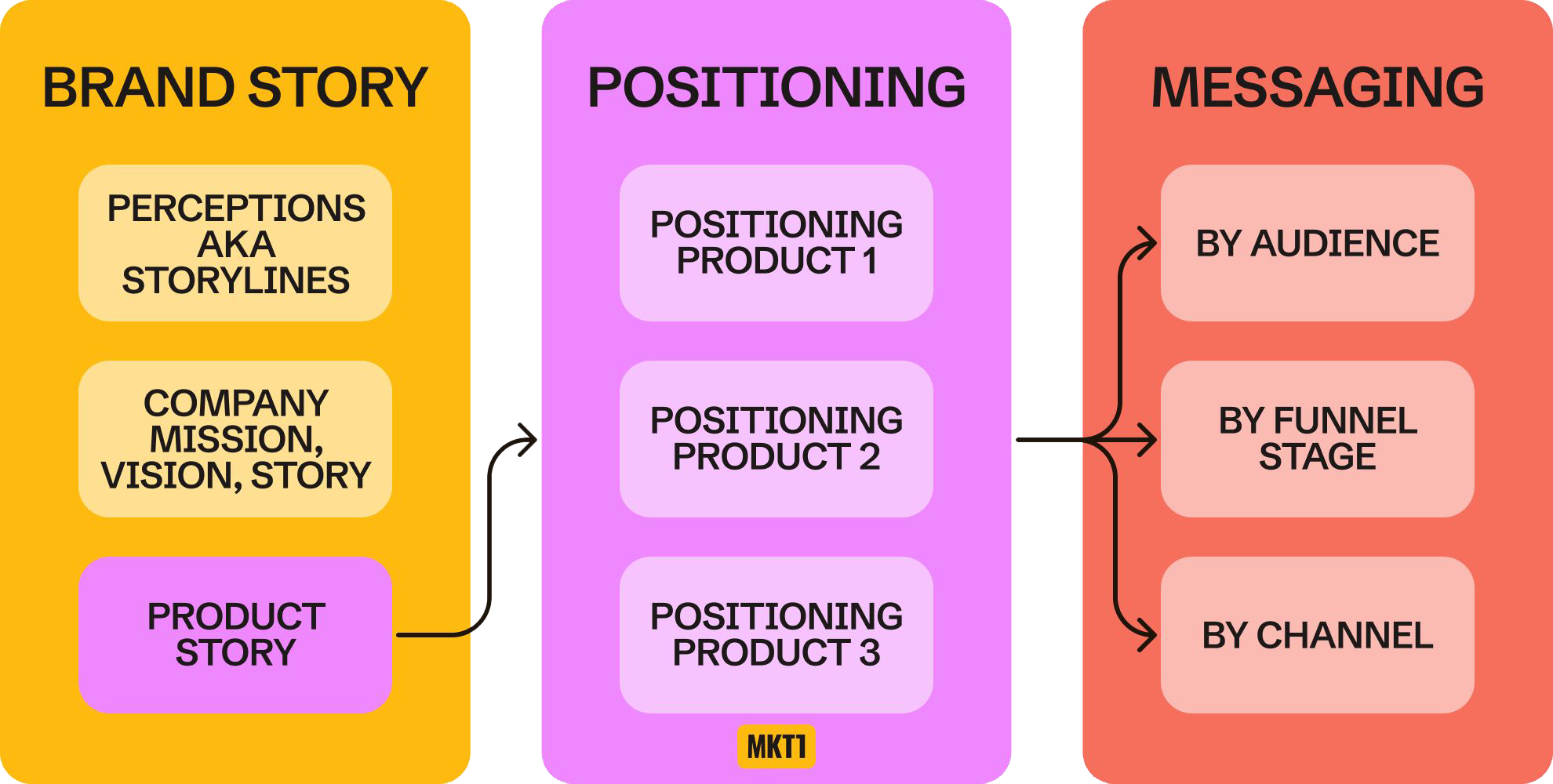
The Brand Story: Your Restaurant’s Vibe
Let’s stick with the restaurant theme. Your brand story is like the entire vibe of the restaurant. You walk in, and without looking at a single menu, you know the place. Maybe it’s a rustic nook with mismatched chairs, a chalkboard menu, and a grandma stirring soup in the back, or it’s a sleek industrial space where the servers wear leather aprons and talk about ‘farm-to-table’ like it’s a religion. Either way, the vibe tells you everything before you’ve even sat down.
Your brand story sets the tone for everything. It’s the sum of all the little perceptions: what you stand for, your values, your origin story, and that big-picture dream you’re trying to sell. It’s the first impression that tells your audience whether to grab a table or run for the exit.
But here’s the kicker: the product positioning? Well, that’s not the whole story. It’s like a special item on the menu—a signature dish, if you will. Important, yes. The whole meal? Definitely not.
Product Positioning: The Special of the Day
Product positioning is the spotlight on the chef’s special. It says, “This is what we do best, and trust us, you need it in your life right now.” It’s specific, intentional, and gives your audience something to sink their teeth into—literally and figuratively.
Positioning drills down into why your product solves a problem better than the alternatives. It’s specific, and it’s crucial, but it’s not everything. Just like how one dish doesn’t make the entire restaurant, your product positioning doesn’t encompass the entirety of your brand story. But it does give the audience a reason to engage with you—something to sink their teeth into.
Positioning is all about making the customer think, “Yes, this is the solution I’ve been craving.” But only if you’re clear. Try positioning your product as everything for everyone, and suddenly you’re the restaurant offering sushi, pizza, and barbecue on the same plate. Spoiler alert: it’s confusing, chaotic, and probably leaves your customers with indigestion—literally and figuratively.
Messaging: Bringing the Dish to the Table
Now, messaging is where things get personal. It’s where the server leans in, smiles, and tells you, “This one’s perfect for you.” This is where you tailor your positioning to fit the audience, the funnel stage, and the channel. Because let’s face it, you wouldn’t offer dessert at the beginning of a meal (unless you’re one of those people, in which case, I envy your freedom). Messaging makes sure you’re serving up the right thing at the right time, in a way that resonates.
Good messaging understands that people want to feel seen. They want to feel understood, and they want to know that you’ve got exactly what they need, when they need it.
That’s why messaging is dynamic. You tweak it for different audiences, make it punchy for social media, warm it up for email, and refine it into crystal-clear copy for a landing page. It’s the art of taking your product positioning and making it feel like a conversation—one that’s relevant and timely.
And, when done right, messaging is what makes a consumer think, “They really get me.”
The Power of Clarity
Clarity is what takes your marketing from a tangled mess of ideas to a story that sticks. Without it, your brand story is just background noise, your product positioning gets lost in the shuffle, and your messaging? Well, it’s like a game of telephone—half-baked and barely making sense.
But with clarity? You’re not just talking—you’re being understood. Suddenly, your customer’s not scratching their head, wondering what on earth you’re offering. They get it. They want it. And best of all, they know exactly why it’s for them.
For marketers, clarity is a breath of fresh air. No more scrambling to patch together vague ideas or filling slides with meaningless buzzwords. Clarity sharpens your messaging, cutting through the noise and sticking with your audience long after they’ve scrolled past.
Here’s the thing: when you’re clear about who you are, what you’re offering, and why it matters, you’re not just making a sale—you’re building trust. You’re creating a connection. And when you nail that, it’s not just about moving products. You’re serving up exactly what your customers are hungry for, right when they’re ready for it.
And honestly, who doesn’t love a well-set table? Clarity is what leaves your customers satisfied and, even better, hungry for seconds.
